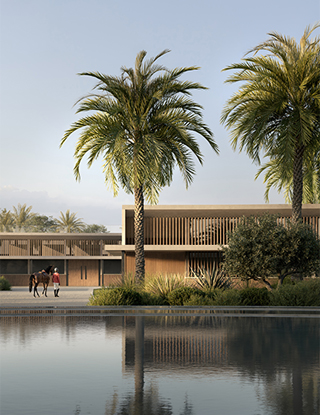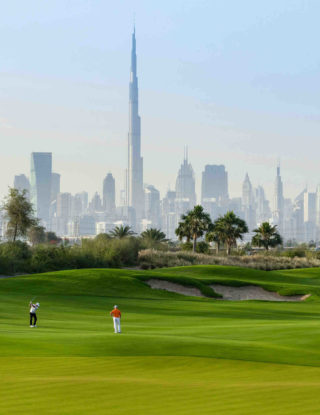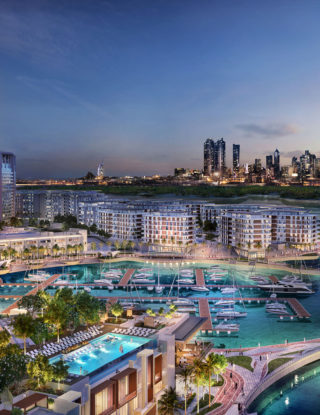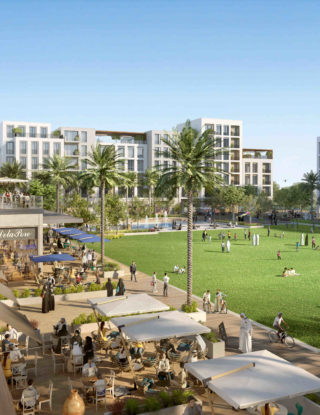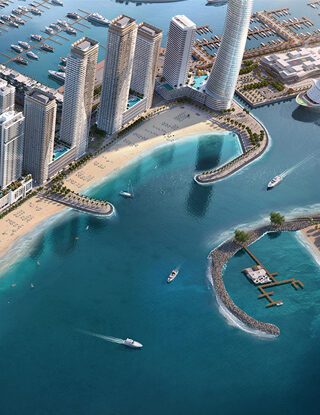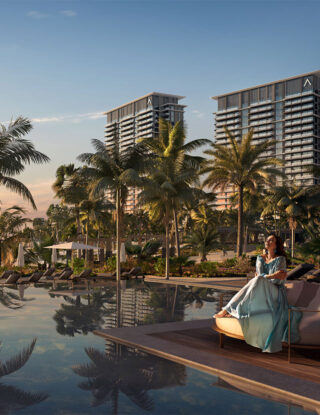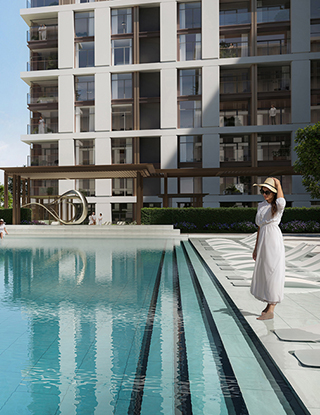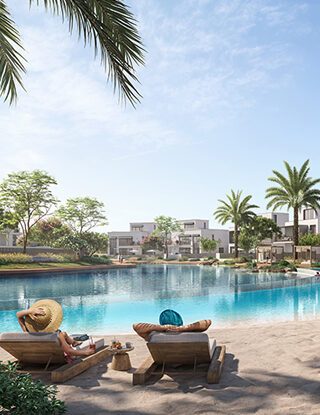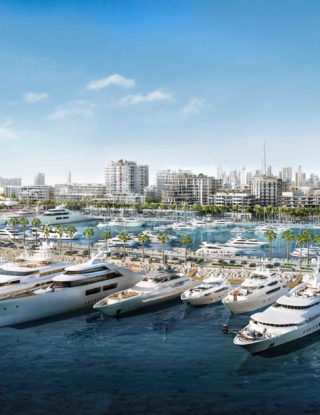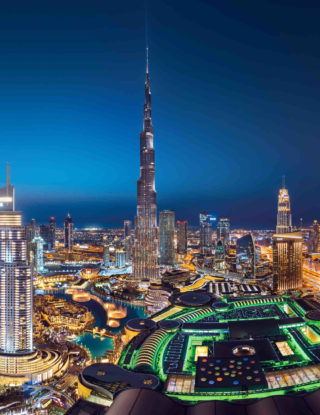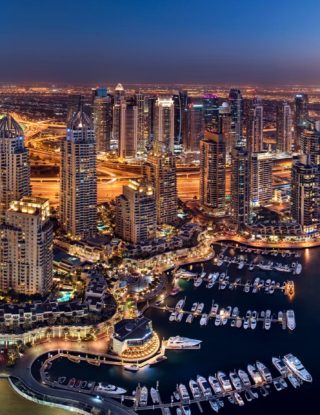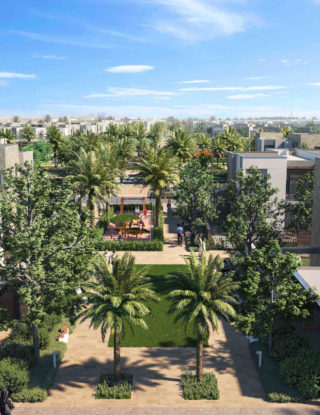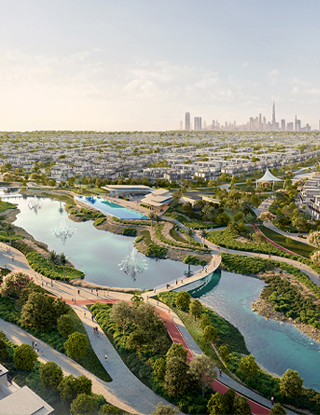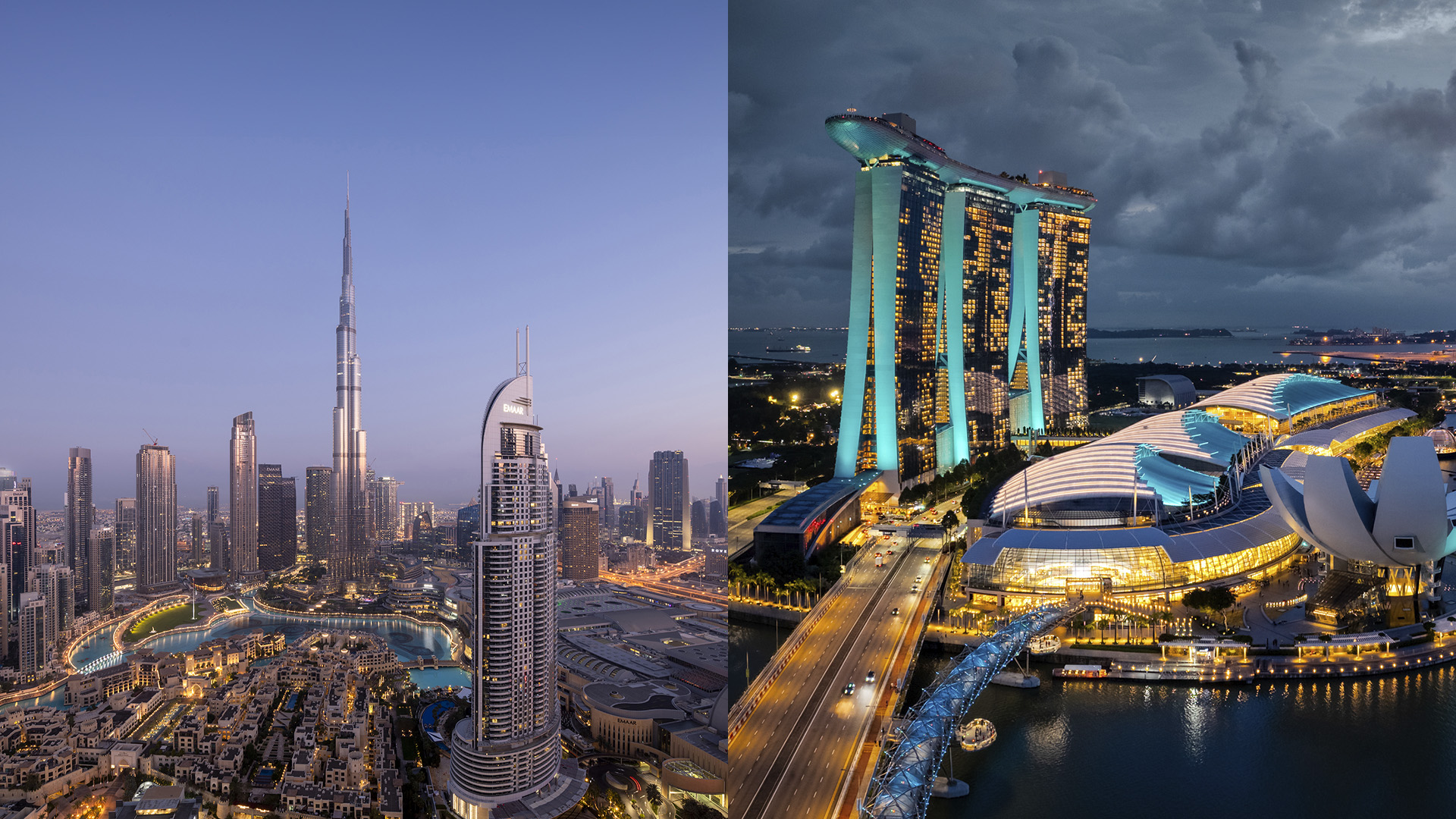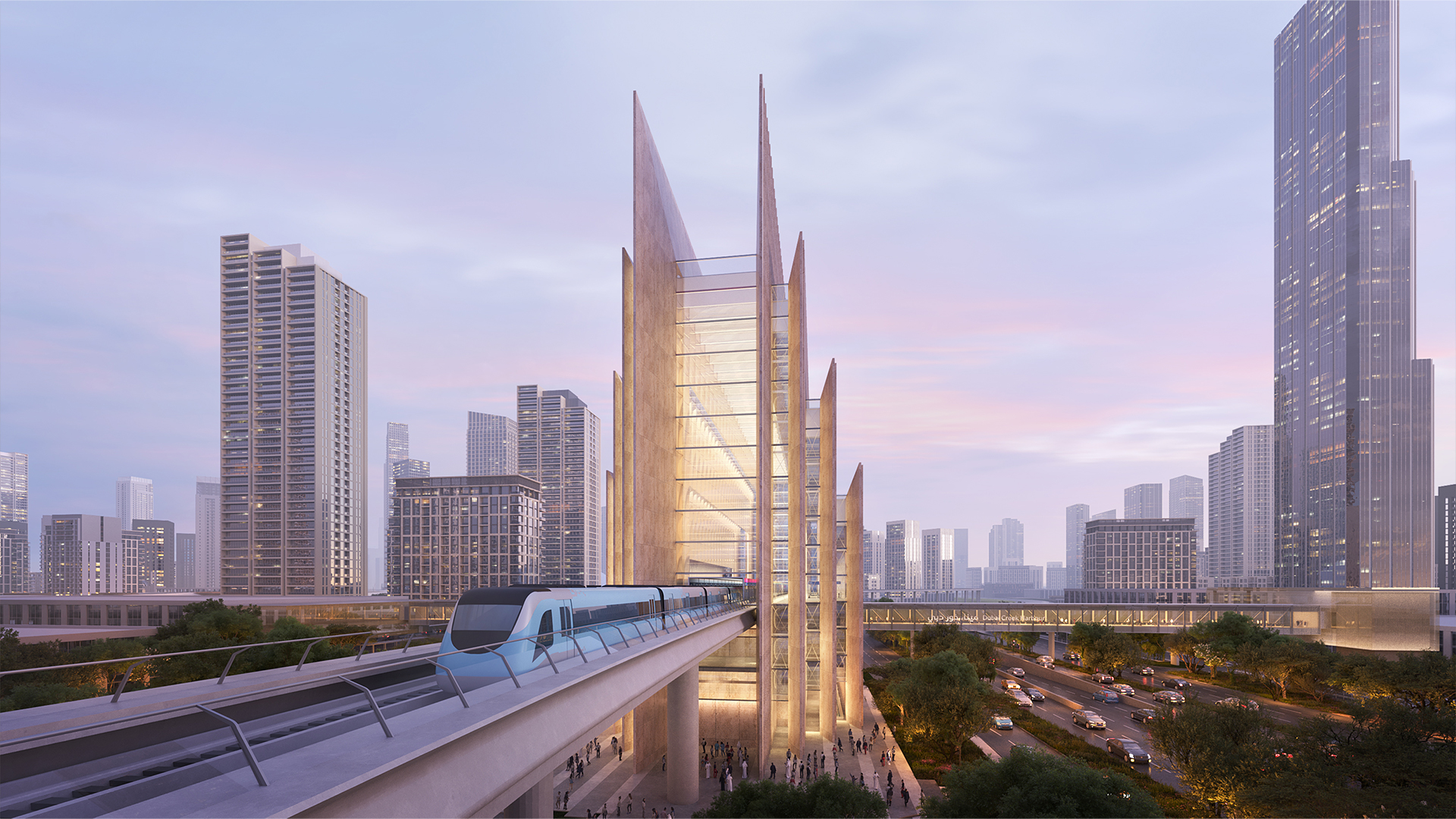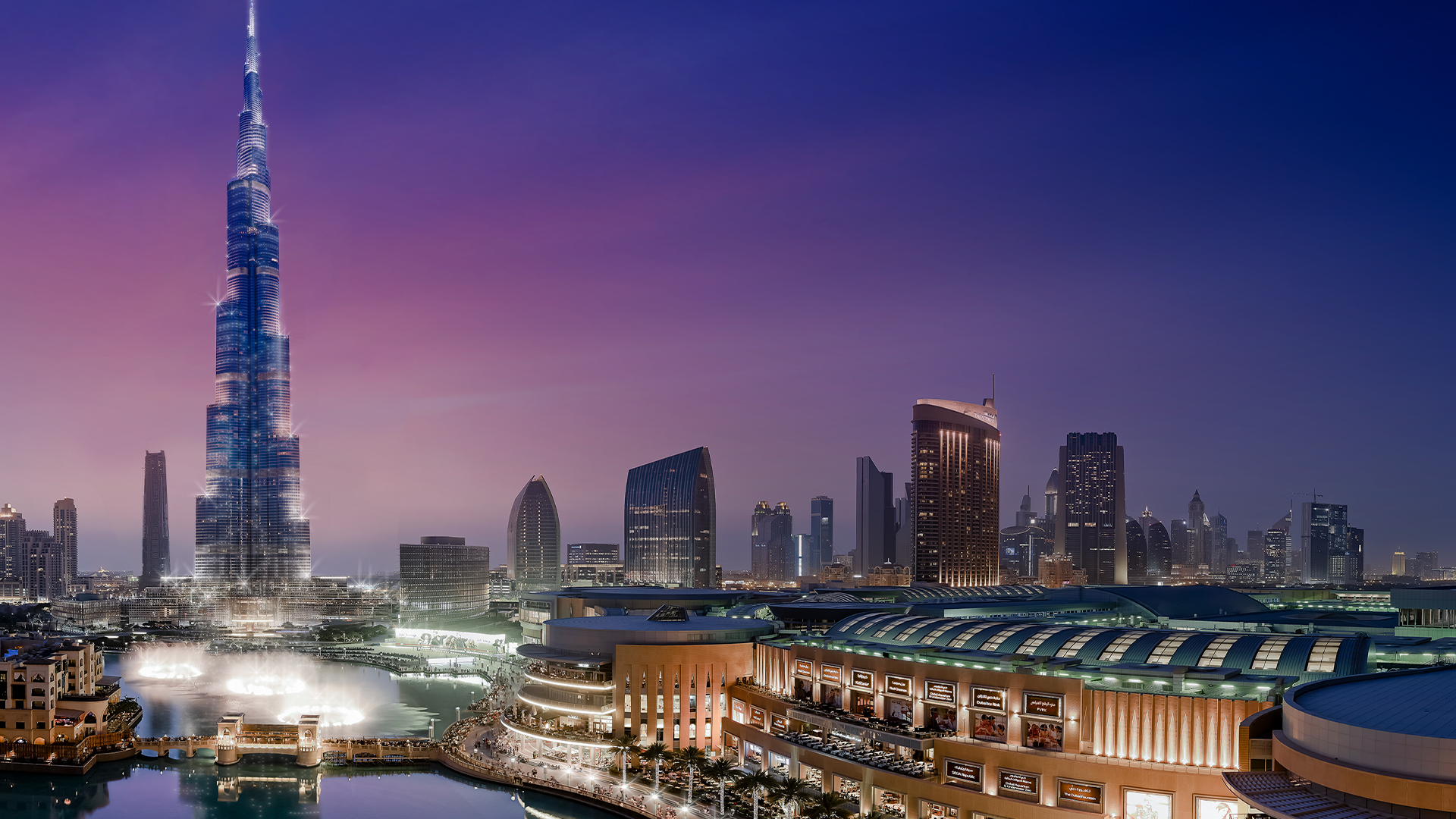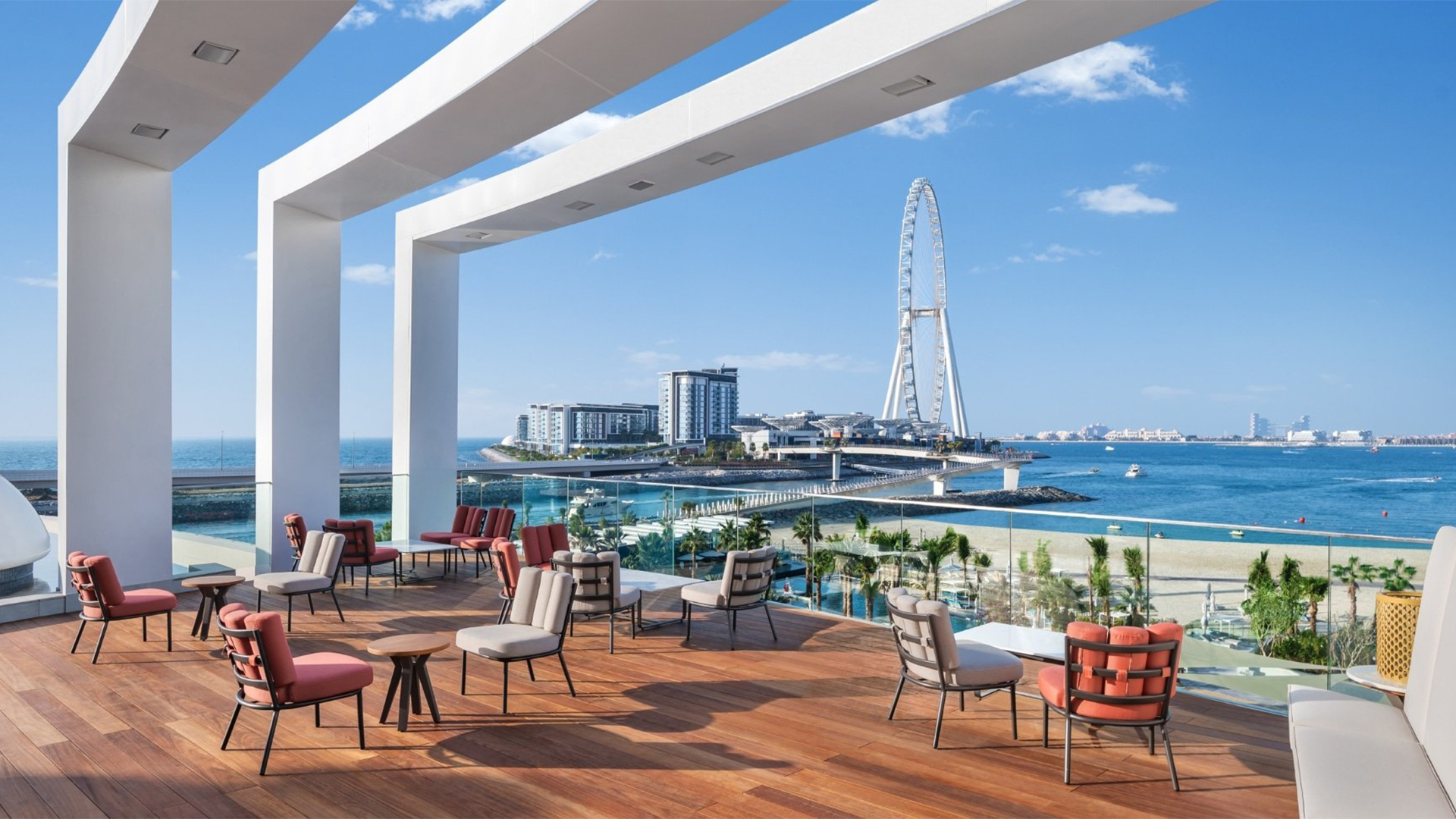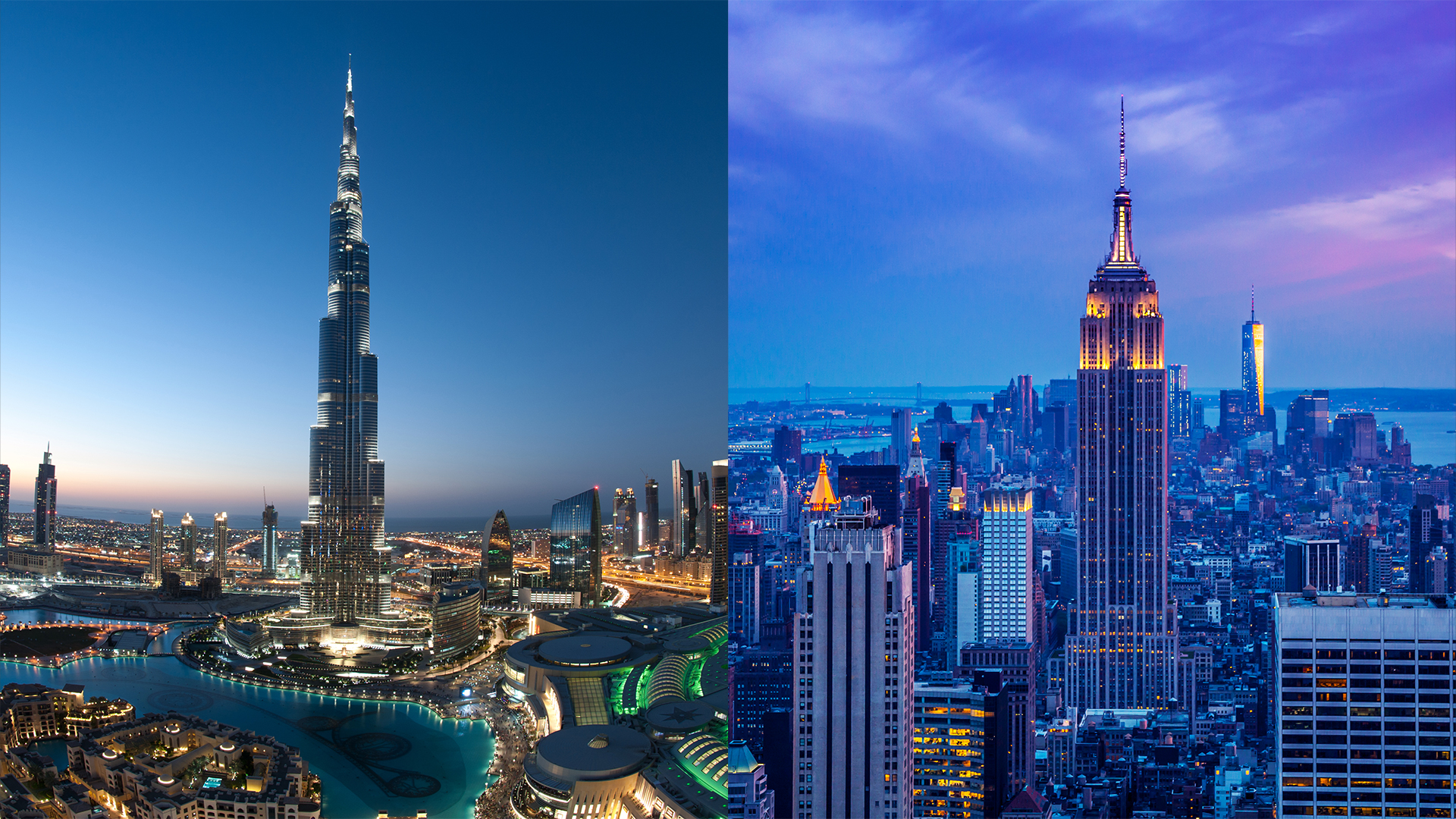In today’s shifting global investment landscape, where economic volatility and inflation remain in front of mind, real estate continues to offer a sense of grounding – both in value and in strategy. For high-net-worth investors looking to diversify internationally, few destinations are rewarding as today’s leading global investment hubs. With their sophisticated infrastructure, political stability, and global connectivity, both Singapore and Dubai represent compelling opportunities.
Yet beneath the surface of glittering skylines lies a set of very different investment fundamentals. Choosing between the Dubai and Singapore real estate markets depends on your personal investment philosophy, return expectations, and lifestyle preferences.
Here’s a refined breakdown of 10 essential factors to consider before committing capital.
Rental Yields: Income Potential at a Glance
Dubai continues to outperform Singapore when it comes to rental returns. Investors are paying yields of around 7.5–8% for onshore and offshore areas on leasehold properties. Residential yields remain stable, with apartments at 5–7%, villas and townhouses at 4.5–6%. This is underpinned by a large, transient expatriate population, the rise of remote workers and entrepreneurs, and a tourism-driven short-let market.
In contrast, Singapore’s rental yields tend to average around 3.29%. While yields are lower, Singapore’s tenant market is typically more stable, corporate-backed, and long-term in nature. For conservative investors, this offers reassurance, though at the cost of reduced short-term income.
Taxation: The Net Return Equation
Dubai is tax-neutral—there is no income tax, no capital gains tax, and no annual property tax. For investors seeking strong net yields, this is a huge advantage. Additionally, Dubai charges a one-time 4% transfer fee upon purchase
Singapore’s tax framework, while transparent and efficient, is significantly heavier. Annual property tax ranges from 0%-32% for owner-occupied residential property and 12%-36% for other residential rates. Foreign buyers pay 60% Additional Buyer’s Stamp Duty (ABSD) on residential properties (as of 2023). These taxes are part of Singapore’s cooling measures and impact net returns, particularly for investors looking to cycle capital quickly.
Luxury Living & Lifestyle: Different Flavors of Prestige
Both cities offer extraordinary living experiences, but in very different expressions. Dubai offers opulent beachfront living, soaring high-rises, upscale shopping hubs, championship golf communities, and year-round sunshine that appeals to high-net-worth individuals (HNWIs). For investors who intend to spend part of the year in residence or offer their property to ultra-high-end tenants, Dubai’s lifestyle amenities are hard to match.
Singapore, by contrast, offers curated refinement: meticulously maintained parks, cultural institutions, elite international schools, and a clean, safe, and green urban environment. It’s a city for families, global executives, and those who value peace, governance, and elite urban planning over spectacle.
Innovation & Infrastructure: Smart Cities in the Making
Singapore’s Smart Nation initiative has positioned it as a global leader in digital infrastructure. From contactless government services to autonomous transport testing zones, it’s a model for tech-integrated urbanism. It also ranks among the world’s best for public transport and sustainability, with green building mandates and walkable districts.
Dubai, meanwhile, is advancing with striking ambition. Dubai’s Vision 2030 is a roadmap designed to establish the city as a global hub for innovation, sustainability, and digital transformation. Its 2040 Urban Master Plan lays out a transformative vision for the emirate, emphasizing the creation of sustainable, human-centric communities, enhanced green corridors, and integrated transport networks.
But beyond infrastructure, Dubai is redefining its economic trajectory through the Dubai Economic Agenda (D33)—a bold blueprint launched in 2023 that aims to double the size of Dubai’s economy by 2033 and position it among the top three global economic cities. D33 focuses heavily on advancing innovation and the digital economy, investing in areas such as artificial intelligence, digital trade, and blockchain integration—particularly in sectors like real estate and logistics. It also prioritizes private sector competitiveness, aiming to attract global entrepreneurs, talent, and investors with streamlined policies and investor-friendly reforms. Simultaneously, D33 places strong emphasis on infrastructure, logistics, and sustainability—anchoring Dubai’s transformation into a global leader in smart city development and the green economy.
Together, the Vision 2030, 2040 Master Plan and D33 represent more than just urban policy—they signal a clear shift in Dubai’s global positioning. While execution in some areas is still ongoing, the city’s ability to move decisively and innovate at scale makes it one of the most dynamic and future-ready markets in the world today.
Visa & Residency Incentives: Who Can Stay, and How
One of Dubai’s most appealing traits is its long-term residency programs for property investors. Those who invest AED 2 million or more are eligible for a 5- or 10-year Golden Visa, which can be extended to spouses and children. This offers investors a soft landing into residency and business ownership without needing employer sponsorship.
In contrast, Singapore does not offer property-based residency. Foreign investors must qualify for PR through investment of around AED 29 million, employment, entrepreneurship, or family ties. Even long-term lease renewals are linked to professional status or company relocation policies—making real estate ownership more viable for those already embedded in Singapore’s ecosystem.
Market Accessibility & Regulations: Open vs. Guarded
Dubai’s real estate market is remarkably open. Foreigners can own 100% of freehold properties in many zones, and the purchase process is straightforward. Legal protections via RERA ensure escrow accounts, registration protocols, and post-handover safeguards.
Singapore is more guarded. While foreigners can purchase condominiums, they are generally prohibited from buying landed property unless granted approval from the Land Dealings Approval Unit (LDAU). The high Additional Buyer’s Stamp Duty (ABSD) also acts as a natural filter, preserving affordability and social balance.
Capital Appreciation Potential: Where’s the Upside?
Dubai remains in a price growth phase, driven by strong population growth, investor demand, and continued development. As the city continues to attract global talent, digital nomads, and high-net-worth individuals, demand for prime real estate remains strong—particularly in villa communities and waterfront districts.
Dubai forecasts to see the strongest growth in 2025 with anticipated prime price growth of +8% to 9.9% during the year. Whereas Singapore is expected to see a decline of -1.9% to flat capital value growth this year . For short- to medium-term gains, Dubai offers stronger growth and low capital gains tax. Singapore suits long-term investors prioritizing stability, currency strength, and steady appreciation.
Currency Stability
Singapore’s Singapore Dollar (SGD) is a globally trusted currency, actively managed by the Monetary Authority of Singapore (MAS). For investors from volatile currencies, it offers a safe haven.
Dubai’s Dirham (AED) is pegged to the USD, offering stability for US-based or dollar-linked investors. However, it may create foreign exchange risk for investors based in GBP, EUR, or other floating currencies, particularly on exit.
Demand Drivers & Demographics
Dubai’s population is growing fast, supported by liberal visa policies, job creation, and an influx of real estate, digital entrepreneurs and family offices. This surge is matched by a wave of new property launches, fuelling steady demand for both rental and owned homes across the real estate market.
Singapore’s demand is driven by multinational corporations, tech hubs, and its role as Asia’s financial anchor. Immigration is tightly controlled, but the tenants and buyers it does attract are typically high-earning professionals with long-term horizons.
Liquidity & Exit Strategy
Singapore’s real estate market is highly liquid, with strong buyer demand, well-documented transaction data, and efficient resale processes. Institutional investors and HNWIs frequently transact in core districts.
Dubai’s liquidity is improving rapidly, especially in freehold zones with high international interest. While historically more cyclical, the rise of secondary market platforms, digital title deeds, and off-plan resale options are making exits easier for investors.
Two Cities: Precision vs. Possibility
There is no one-size-fits-all answer when choosing between real estate in Dubai and Singapore. Both cities offer world-class infrastructure, global accessibility, and distinct investment advantages—but they serve different priorities.
Singapore delivers unmatched stability, transparency, and currency strength. It appeals to investors who value legal certainty, long-term capital preservation, and consistent—if modest—returns within a meticulously managed ecosystem.
Dubai, on the other hand, offers more than stability—it offers momentum. With consistently higher rental yields, strong capital appreciation potential, and a tax-free environment—free from income, capital gains, and property taxes—it is fast becoming the benchmark for future-focused investors. Lower acquisition costs, seamless global connectivity, and a visionary regulatory landscape that encourages innovation and investor confidence are only strengthening its global appeal.
For those seeking not just preservation of wealth but meaningful growth, Dubai stands out as the more agile and opportunistic market. In a world increasingly shaped by innovation, mobility, and cross-border capital flows, it is positioning itself as the investment capital of possibility.
Ultimately, for globally minded investors, the most balanced path forward may lie in a hybrid strategy—investing in Dubai for income and upward momentum, and in Singapore for risk-adjusted stability and long-term security.
